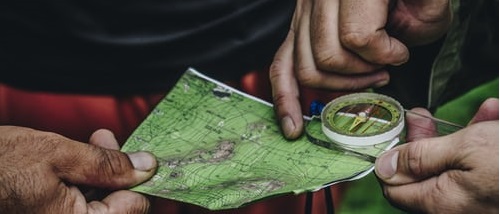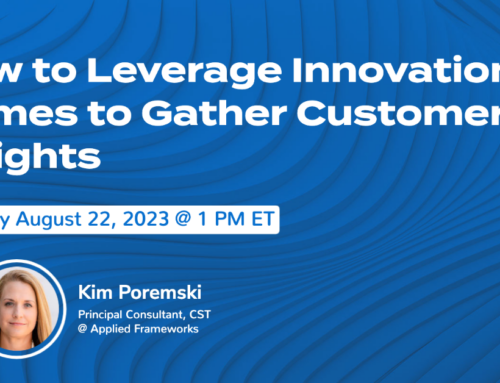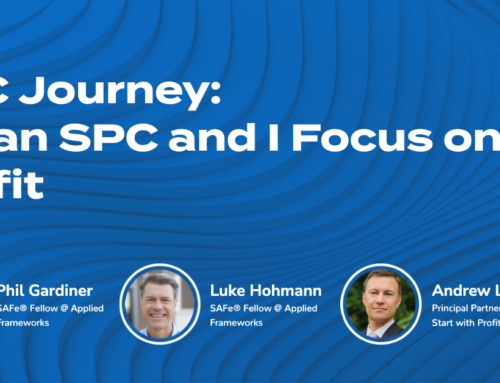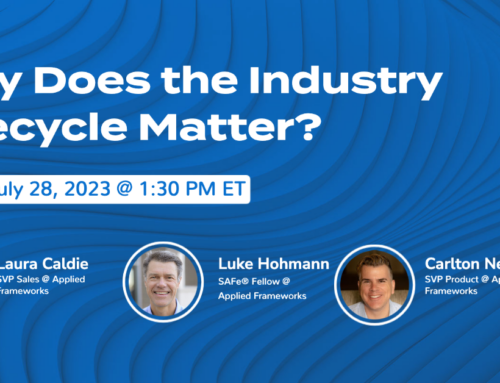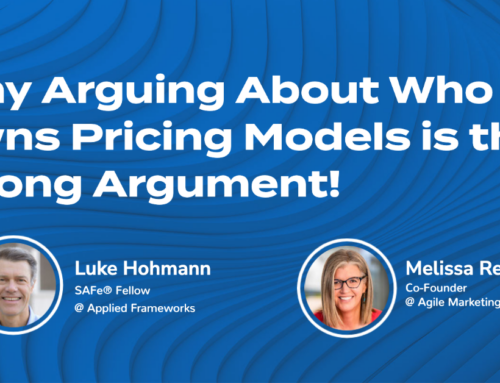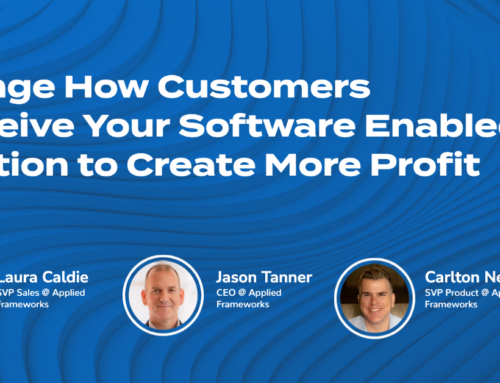Whether your product plan is succeeding or failing, creating a customer journey map can unlock hidden truths that will help your product team make better decisions. In this step-by-step guide, we take you through the basic process and the underlying rationale.
A few months back, we had a big uptick in the number of new customers to our Online Academy. Each day, our enrollments would go up and another record would be broken. It was very exciting. Eventually, our CFO took a look at our monthly balance sheet and began asking questions about what was motivating customers to select our offering. Apart from some vague explanation that involved coronavirus, I did not have anything tangible to offer as an explanation.
How and why the customers selected our product was a bit of mystery to me. I was just happy they showed up each month. Thankfully, I recognized this attitude was wrong and got to work filling a gap in my product playbook. After hunting for some ideas, I discovered my playbook was missing a page called a customer journey map.
What is a Customer Journey Map?
A customer journey map is a picture which describes the interactions a customer, or user, will have with your organization’s products, or services, plus any interactions they might have with people in your business. In its simplest form, a customer journey map is a list of the important touchpoints a customer has with your business as they progress from a prospect who is learning more about your business to a customer who is consuming your products and services to the final stage where they end their relationship with you.
A customer journey map exists for three reasons. The first is to help product managers develop insights into customer behavior by documenting the steps a customer takes to consume your products and services. The second is to build shared understanding between product managers, development teams and stakeholders. Until a journey map becomes tangible, everyone in the business has a different opinion about the steps customers take to engage with your business. A high-quality customer journey map based on customer interviews and other observations clears away that confusion. The last reason is to provide a simple tool that allows the business to optimize the customer’s experience.
Journey maps take many different forms with varying degrees of detail. Some of this variety occurs because journey maps can be used to describe the current state of the customer’s journey while others are focused on describing a future journey. However, a lot of this variety is not much more than decoration and the addition of superfluous details. If we remove all the complexity related to domain, product, technology and market segment, I find most customer journey maps fall into four categories:
- Acquisition: all the actions related to a purchase of the product or service.
- Retention: all post-sale actions related to the use of the product which are designed to deepen the relationship with the customer.
- Growth: all post-sale actions which encourage the customer to purchase additional products and\or services.
- Exit: all post-sale actions related to how the customer and business end their relationship with one another.
How Do I Create a Customer Journey Map?
If your organization does not have any customer journey maps today, the first question most people ask is, “Where do I begin?” Here are three steps to get you on your way:
1. Determine Your Core Customer
The first step is to identify the core customer. The core customer, often represented in the form of a persona, is the market segment who gets the most benefit from the specific product or service under investigation. They are the ideal customer and the journey map is a visual narrative documenting how that customer uses the product. In essence, the core customer is the hero of the story and the journey map represents that hero’s journey.
2. Identify the Type of Customer Map You Need
Recall the categories of journey maps discussed above: acquisition, retention, growth, or exit. You need to choose one that compliments your business model.
If your business model hinges on the acquisition of new customers, then begin to develop a customer journey map that documents the customer acquisition process. While our business model is not entirely about customer acquisition, this was where I had the biggest gap in my understanding, so it was this part of the customer journey map I wanted to document first. The below diagram shows the information I collected to better understand the customer buying journey, moving from awareness to consideration to decision.

Or, if your business model relies on customer retention, then I recommend starting with a journey map that describes all the touch-points an existing customer has with your business. Finally, if your business model is about growing existing relationships with customers, then I recommend starting with a journey map that identifies all the opportunities where you can deepen your relationship with possibility to upsell.
3. Learn More About Your Customers’ Journeys
The third step is to engage with customers with the objective to learn more about their specific journeys. Usually this is done in the form of interviews, but collaboration frameworks, surveys, site analytics or other data can also be used to help document a customer’s or end user’s journey. Here are some rough guidelines we use to structure a journey map, again based on the four categories identified above.
A. Acquisition: A journey map of this type documents the three stages of the buying process: awareness, consideration and decision. Of course, each product, domain and core customer will have their own unique actions taken by the customer as they move through these stages. However, if the product manager does not document the transitions between these stages in the buying process, then they missed the whole point of this journey map.
B. Retention: Journey maps in this category describe how the customer uses the product or how the customer engages with the business post-sale of the product. For customer journey maps which describe usage, each product use case has the potential to become its own journey map. During each step of the main success scenario and/or the extensions, the product manager records the key actions the customer takes, how they are feeling during these steps, and if there are any touchpoints with the business. Journey maps which describe the customer’s interaction with the business typically focus on five areas:
- Customer needs to contact customer support during normal operation of the product;
- How awareness of the need to ask for help arises;
- How the customer asks for help;
- Interactions with customer support; and
- Resolution.
C. Growth: It is common for customers to be unaware of the additional ways a business can provide them value. Smart product managers know that existing customers are the best source of future revenue because existing customers already like you and your business. A customer journey map focused on growth illustrates the steps the business needs to take to deepen the relationship with the customer. One type of journey map in this category describes how the product is used in different contexts. To build this type of journey map, I recommend using the classic framework, Start Your Day. By considering different contexts, such as time of day or location, product managers identify the customer’s goals in that context, their use of the product and any frustrations they might be experiencing with the product, perhaps because the product was not designed for that context. Overall, the objective is to potentially identify something else in the product portfolio that might help the customer. This information can be fed into the retention customer journey map which describes how the business will nurture the relationship.
D. Exit: Not a lot of time is spent reflecting on this part of the customer’s journey, but how a customer exits the relationship with your business is more important than you may realize. If the experience is positive and affirming, the customer may recommend your business to others or may come back to purchase a different product or service in the future. The more you can “Wow” people, the better. If the experience is predominantly negative, it is a guarantee the customer will not come back and may even create a viral sensation on social media. My recommendation is to spend time thinking about the product use cases related to how the relationship ends so that you can make the process easier for the customer, more humane and consistent with your brand identity.
If you have any additional questions or need assistance on how to make your own customer journey map, contact us.
The Product Playbook: More to Come…
This is Part 3 in our series on Product Playbooks.
- Our first article was Product Playbooks: Why You Need One.
- The second was How to Build a Product Roadmap.
In the following weeks, we will continue to share more step-by-step instructions on how to use some common frameworks to inspire you to create your own winning Product Playbook. So be sure to follow us on Linkedin, Twitter and/or Facebook to get notice of when new blogs are posted, and when you can come back and learn more!

